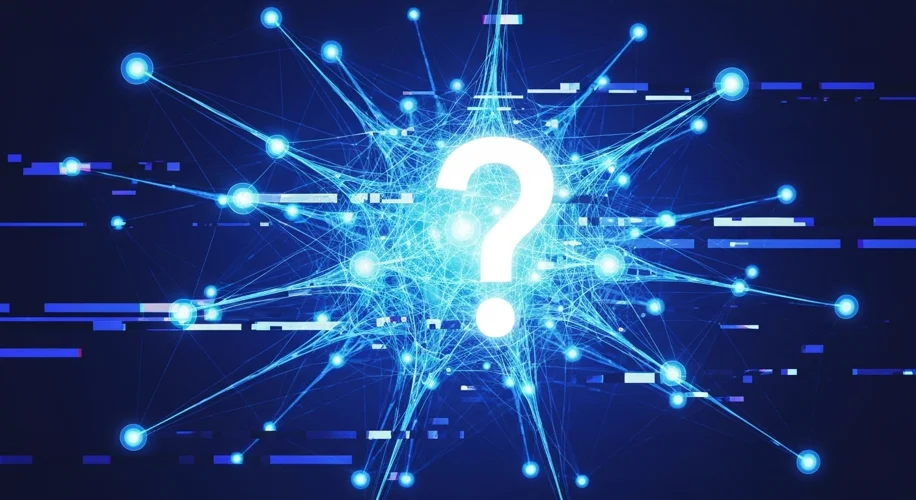Okay, so hear me out… we’re building some seriously powerful AI models these days. Large Language Models (LLMs) can write, code, and even brainstorm ideas. But there’s a growing issue that’s kind of a big deal: can we actually get the same results twice? This is what folks in the tech world are calling the “reproducibility crisis” in AI.
Think about it. In science, if you can’t repeat an experiment and get similar results, it’s hard to trust the initial findings, right? The same applies to AI. If I run the exact same prompt through a cutting-edge LLM today and get one answer, and then run it again tomorrow and get something totally different, how do we know which one is “right” or even reliable?
This isn’t just about AI being quirky; it has real-world implications. If an AI is used for medical diagnosis, for example, inconsistent results are a major problem. Or imagine using an AI to generate code for a critical system – a slight change in output could have serious consequences.
So, what’s going on here? A big reason is that many of these advanced AI models are inherently probabilistic. That means they have a built-in element of randomness, like rolling dice, to help them generate diverse and creative outputs. This is great for making AI sound more natural or coming up with novel ideas. But it’s precisely this randomness that makes reproducibility a headache.
It’s like this: imagine asking a super-talented chef to make you a specific dish. If they have a secret ingredient that changes slightly each day, or if their mood influences the spices they use, you might get a slightly different (but still delicious!) meal each time. With AI, this “mood” is often controlled by parameters like “temperature” or “top-k sampling,” which influence the randomness of the output.
So, what’s the fix? One idea gaining traction is the concept of a “deterministic vs. probabilistic AI toggle.” Basically, a switch that lets users choose whether they want the AI to be creative and a bit random (probabilistic) or consistently predictable (deterministic).
If you’re an AI researcher trying to debug a model or verify its behavior, a deterministic mode would be a lifesaver. It would ensure that if you find a bug or a peculiar output, you can reliably reproduce it to fix it. For everyday users, you might still want the probabilistic flair for creative tasks.
Some systems are already exploring this. For instance, when working with AI models, you can often set a specific “seed” value. This seed acts like a starting point for the random number generator, helping to ensure that the sequence of random choices the AI makes is the same each time you use that seed. It’s a way to achieve a form of reproducibility.
Ultimately, we need AI that we can trust. This means finding ways to balance the creativity that comes with probabilistic models with the need for reliable, repeatable results. As AI becomes more integrated into our lives, solving this reproducibility puzzle isn’t just a technical challenge; it’s a necessity for building confidence and ensuring safety.
What do you think? Have you run into issues with AI not giving you the same answer twice? Let me know in the comments!

